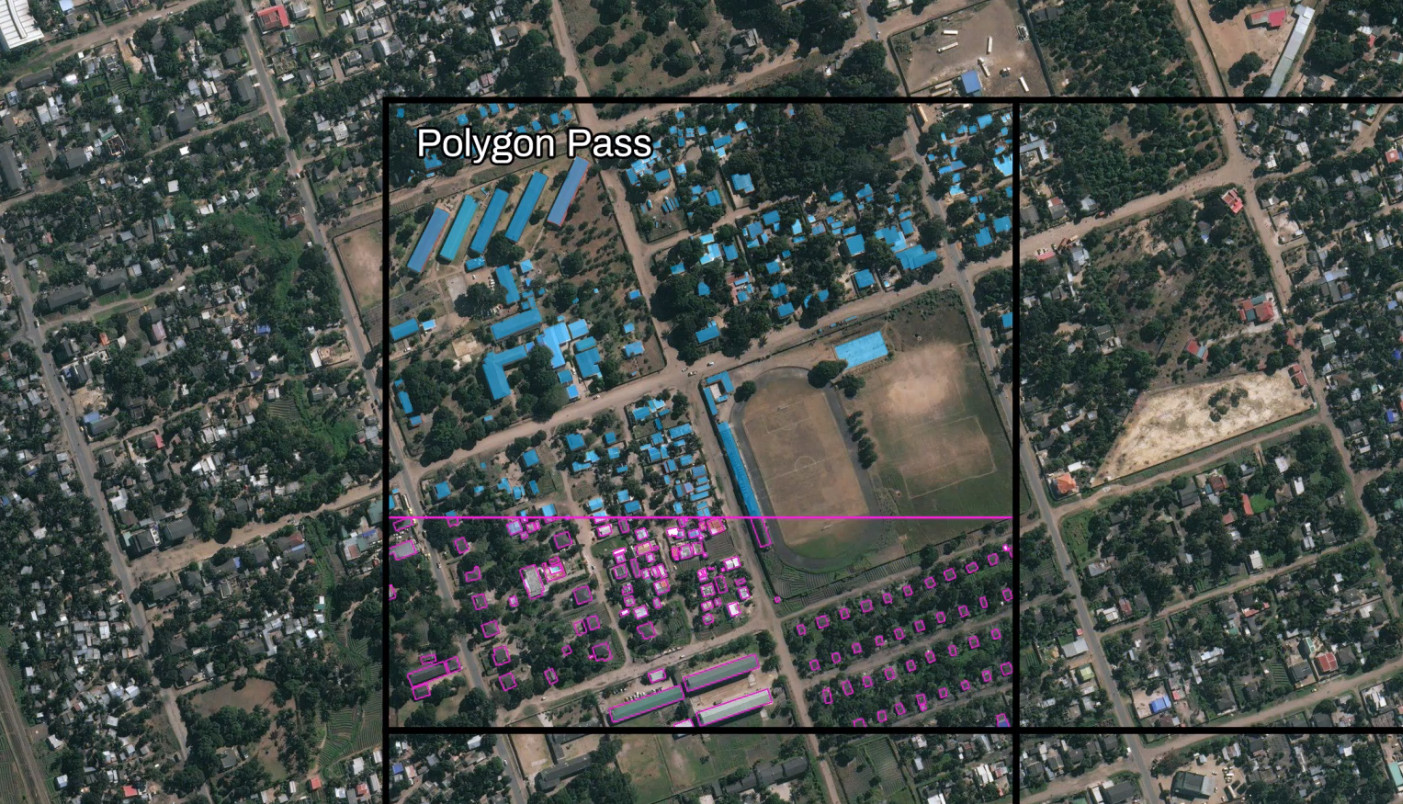Research on mapping with open machine learning

HOT is working with the Netherlands Red Cross to have an evidence-based look at current AI-supported mapping flows and to take the next step towards using OSM data for training machine learning models.
The Humanitarian OpenStreetMap Team works with hundreds of thousands of volunteers to create open map data for humanitarian actions. And last year, we took a leadership role to explore and facilitate the application of the latest advances in artificial intelligence to enable traditional mappers to build the world’s largest geospatial platform on OpenStreetMap.
After building two use cases for machine learning in OpenStreetMap through the Integrating Deep Learning: AI-Assisted Humanitarian Mapping project, we identified two main requirements for a meaningful introduction of this functionality and its evaluation with the mappers and community project:
- Training data, and the need of extensive manual work to produce suitable training datasets
- Measure and quantify the impact of the piloted AI-assisted mapping workflow
We teamed up with the 510 initiative of the Netherlands Red Cross and received support from the Collective Intelligence Grants by Nesta in order to get to the bottom of this.
Use of OpenStreetMap data for training machine learning models
The use of the existing data from OpenStreetMap, obtained from the crowd and it’s collective intelligence, is a promising approach for training the machines. However, the data must match exactly with the (satellite) images used for the extraction of the map features. This is generally not the case with OpenStreetMap due to the diverse data acquisition process. Therefore, we are working on smart selection techniques and pre-processing that we expect will significantly improve the quality of the training data. Then, we use open source machine learning technoloqy to test the impact of our developments on the quality of the machine learning process.
Comparison of AI-assisted and conventional mapping in OpenStreetMap
AI-assisted mapping on OpenStreetMap is becoming increasingly popular. We want to have a transparent and honest look at the effects on mapping. To do so, we focus on quality and speed indicators. An experiment is being set up to compare different approaches with evidence-based measures in order to quantify the impact on humanitarian mapping.
Recent news from Research on mapping with open machine learning (View all news)
How we measure the effects of AI-assisted mapping
Over the past two years, HOT has taken a leadership role in exploring and facilitating the application of the latest advances in artificial intelligence.


